Adjectives, articles, participles, possessive nouns, determiners, possessive pronouns, and compound nouns tend to appear before the noun in a noun phrase. Relative clauses, infinitives, participle phrases, prepositional phrases, and compound phrases tend to appear after the noun in noun phrases. A noun phrases is a phrase that functions in the same way as a noun and always includes either a noun or an indefinite or a subject pronoun and words that modify it. A noun phrase can serve as a subject, direct object, or complement, which always follows a linking verb.
Linking verbs include 'become,' 'seem,' and any form of 'be.' Noun phrases offer a concise way to include additional information in a sentence. A phraseis a group of words that do not convey a complete thought. It can include a noun – person, place, thing or idea – and its modifiers. The main word in a noun phrase is always a noun or a pronoun.
Modifiers can come before or after the head of the noun phrase. The modifiers that come before the noun are generally adjectives, articles, possessive pronouns, possessive nouns, demonstratives, and quantifiers. It examines the semantic and morpho-syntactic properties of the constituents of noun phrases. The book analyses the noun phrase as a semantic hierarchy which accommodates four noun modifiers relating to quality, quantity, location, and discourse.
It argues that noun phrases and sentences can be similarly analysed because they have the same underlying semantic structure that accommodates the same kind of modifier categories. The book introduces the notion of Seinsart or 'mode of being' as the nominal counterpart of Aktionsart 'mode of action' in verb semantics. Learn about noun phrases, which are phrases that act as complete nouns. Discover the use of nouns, indefinite pronouns, or subject pronouns in noun phrases.
Explore the use of noun phrases in subjects, direct objects, and complements of sentences. The allowability, form and position of these elements depend on the syntax of the language in question. In English, determiners, adjectives and noun modifiers precede the head noun, whereas the heavier units – phrases and clauses – generally follow it. This is part of a strong tendency in English to place heavier constituents to the right, making English more of a head-initial language. Head-final languages (e.g. Japanese and Turkish) are more likely to place all modifiers before the head noun. Other languages, such as French, often place even single-word adjectives after the noun.
Noun phrases generally serve similar purposes as a noun. It comprises of a noun/ pronoun and other modifiers. It is impossible to have a noun phrase that doesn't have a noun/ pronoun. Noun phrases can act as a subject, a direct object, an indirect object, a compliment, and a prepositional object. Noun phrases help one write descriptive information in a sentence without being wordy, and they also make sentences enjoyable. A noun phrase refers to words that work the same way as a noun.
A noun phrase features a noun, pronoun, and other modifiers. In this case, a pronoun is used in place of a noun, and it could either be an indefinite pronoun or a subject pronoun. An indefinite pronoun refers to a pronoun that does not specify a particular place, person, or thing.
Words like anybody, everyone, someone, and nothing are good examples of indefinite pronouns. A subject pronoun, on the other hand, is a personal pronoun lie I, she, and he. A noun refers to the name of a thing, place, or person.
This article gives you more insights on noun phrases, take a close look. A noun phrases is a phrase that functions in the same way as a noun. A noun phrase always includes a noun, which is a person, place, or thing; or a pronoun, which takes the place of a noun.
This pronoun can be a subject pronoun or an indefinite pronoun. Noun phrases also include words that modify the noun, or set it apart, so we know which noun we are talking about. As we mentioned, any words in a sentence that modify the noun can be part of the noun phrase.
These words might also include articles , determiners , adjectives, participles, and pronouns. Noun phrases can be used in sentences as a subject, object, or complement. The individual sentence will determine how the noun phrase is used. Here are some examples of noun phrases being used as subjects, objects, and complements.
A noun is traditionally defined as a word that denotes a person, place, thing, or idea. A noun phrase is a phrase consisting of a noun and any modifiers, complements, or determiners. Pronouns are a subcategory of nouns which take the place of nouns and noun phrases. The noun phrase the atom bomb is the object of the preposition against the prepositional phrase against the atom bomb modifies defense. This analysis of noun phrases is widely referred to as the DP hypothesis. It has been the preferred analysis of noun phrases in the minimalist program from its start , though the arguments in its favor tend to be theory-internal.
By taking the determiner, a function word, to be head over the noun, a structure is established that is analogous to the structure of the finite clause, with a complementizer. Dependency grammars, for instance, almost all assume the traditional NP analysis of noun phrases. A noun phrase definition is that it is a phrase headed by a noun. The noun in a noun phrase can be preceded or followed by any number of modifiers. A noun phrase can have all the functions that a noun can have in a sentence. For example, it can be a subject, object, or subject complement.
However, there is no limit on how long a noun phrase should be. Prepositional phrases can be used to modify nouns or verbs by acting like adjectives or adverbs respectively. Noun expressions are simply known as modifier nouns. Nouns can act as objects, subjects and prepositions, as well as noun sentences. Similarly, in a sentence of " noun phrase", participants can work as adjectives, infinitives and prepositions or absolute sentences. So it was with great pleasure to find this punky ditty that features a bunch of good examples of expanded noun phrases that use adjectives before the nouns and prepositions after them.
– the news is the subject argumentHave you heard the news? – the news is the predicative expression following the copula isThey are talking about the news. – the news is the argument in the prepositional phrase about the newsThe man reading the news is very tall. Noun phrases are groups of words that function like nouns. Typically, they act as subjects, objects or prepositional objects in a sentence. While that might seem tricky to grasp, the best way to understand these useful phrases is to see them in action.
Get a clear idea of a noun phrase and how it is used in a sentence through examples. Recall that adjectives are descriptors that qualify nouns by providing additional and specific information. The reason for this should now be apparent, i.e. because they may be used to pre-modify a head noun but not to post-modify the noun. In the following example, the head of the first noun phrase is pre-modified by the adjective happy and the head of the second noun phrase is pre-modified by the adjective sad. Recall that quantifiers such as several, few and many are used to make reference to indefinite quantities.
In the following example both head nouns in each of the noun phrases in our baseline utterance have been pre-modified by the use of a quantifier. The first is the quantifier several and the second is the quantifier various. The head in each noun phrase is a noun and in each case it is modified by the identifier the.
However, any of the identifiers may be used to pre-modify the head noun. The first uses the possessive identifier my to pre-modify the head noun wife and the second uses the demonstrative identifier this to pre-modify the head noun book. Modifiers that come after the noun might includeprepositional phrases,adjective clauses,participle phrases, and/orinfinitives.
Adjectives modifying the head of a noun phrase are linked to the head noun with the amod relation. Infinitive phrase acting like a noun direct object, a prepositional phrase, and an adverb. To make this a clause, we would need to add a subject and verb. In addition, there are some benefits to having noun phrases in sentences.
For instance, noun phrases can help create a variety of sentence types, make writings less wordy, and make sentences more interesting to read. When writing noun phrases as subjects, the verb needs to agree with the noun that heads the noun phrase. In some sentences, noun phrases can be subject complements. For example, when a noun phrase follows a linking verb, such as to be or to become, it is a subject complement. Articles, like English "a" and "the", specify definiteness or related properties.
They are obligatory in some languages , and completely absent in others. Demonstratives, like Latin "hic", "ille" and "ist", anchors the noun phrase deictically and seem to be available in all languages. Interrogatives, like English "which", are used to form noun phrases that can be used in interrogative clauses. Quantifiers, like French "tout", "quelque", and "aucun", specify quantity or existence of the referent.
Noun phrases often function as verb subjects and objects, as predicative expressions and as the complements of prepositions. Noun phrases can be embedded inside each other; for instance, the noun phrase some of his constituents contains the shorter noun phrase his constituents. Noun phrases can sometimes be the direct object of verbs in sentences. Noun phrases as direct objects are similar to noun objects; they are the receivers of the action in a sentence. Furthermore, recognizing noun phrases and their heading nouns helps have the correct subject-verb agreement, which plays an important role in writing effective sentences.
This is especially important when the noun phrase is the subject of the sentence. We see that the head nouns in each of the two noun phrases of our baseline utterance have now been pre-modified by the insertion of a numeral. In the first noun phrase, the head noun boy is pre-modified by the ordinal first and in the second noun phrase the plural head noun dogs is pre-modified by the cardinal three. Pronouns are perhaps best thought of as determiners that do not take Noun phrases, but we will consider them in a separate class of their own. Noun phrases often function as complements to the verb.
This means that they fulfil specific grammatical functions required by the verb. The examples below show NPs functioning as subjects and objects in different clauses. Typical constructions involve an article an adjective, and then the noun; or, a noun with a subordinate clause or prepositional phrase modifying the noun.
Noun phrases headed by nouns may also contain numerals, which express exact numerical quantities (1, 2, 3, …). UD uses the nummod relation to connect a numeral to the head noun. In real life, it is far more common for nouns to feature in noun phrases, i..e, to be accompanied by modifiers. In this list, every noun phrase consists of a head noun and at least one modifier. A phrase can be short or long but it does not include the subject verb pairing necessary to make a clause.
This Prezi presentation helps explain how expanded noun phrases can be used to convey complicated information concisely. This worksheet features a set of teaching tips and ideas to help aid the teaching of expanding sentences through the addition of noun phrases, adjectives and adverbs. Your paragraph should be five sentences long and include six expanded noun phrases. When writing description, it's useful to use lots of expanded noun phrases because the adjectives will help your reader to picture your story better.
The representation of noun phrases using parse trees depends on the basic approach to syntactic structure adopted. The layered trees of many phrase structure grammars grant noun phrases an intricate structure that acknowledges a hierarchy of functional projections. This practice takes the constellation to be primitive rather than the words themselves. The word he, for instance, functions as a pronoun, but within the sentence it also functions as a noun phrase. The phrase structure grammars of the Chomskyan tradition are primary examples of theories that apply this understanding of phrases. Other grammars such as dependency grammars are likely to reject this approach to phrases, since they take the words themselves to be primitive.
The subject noun phrase that is present in this sentence is long.b. Noun phrases can be embedded in other noun phrases.b. They can be embedded in them.A string of words that can be replaced by a single pronoun without rendering the sentence grammatically unacceptable is a noun phrase.
As to whether the string must contain at least two words, see the following section. Some examples of noun phrases are underlined in the sentences below. This determiner is also called 'article' in many descriptions of Euskara.
The determiner a appears to be the unmarked determiner, in the sense that it often surfaces in environments where other languages display determinerless Noun Phrases. A second type of Noun phrase that displays no final determiner is constituted by those containing indefinite quantifiers, which have been discussed in the previous section. With an overview of the usage of the determiner a, which is perhaps the most intricate one in this group.

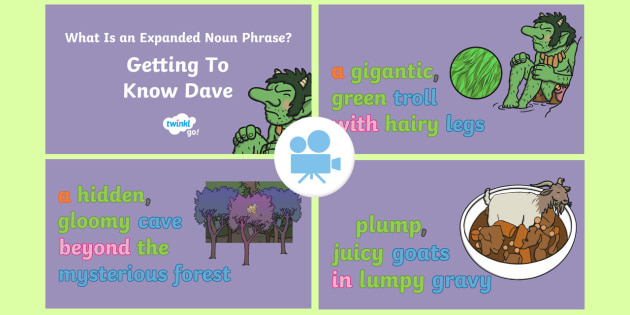


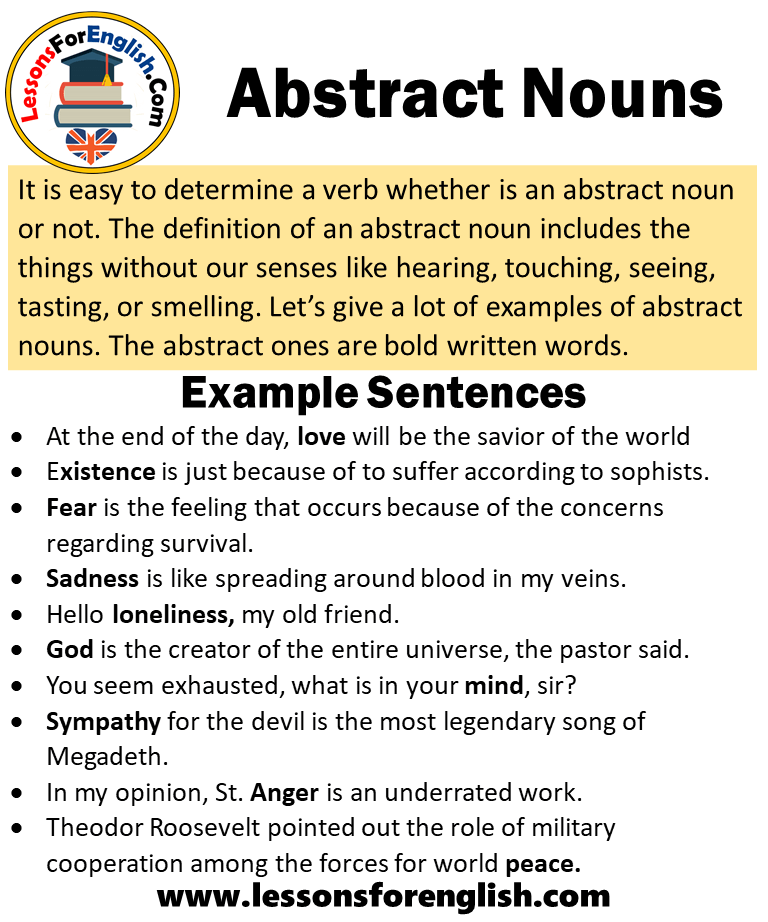






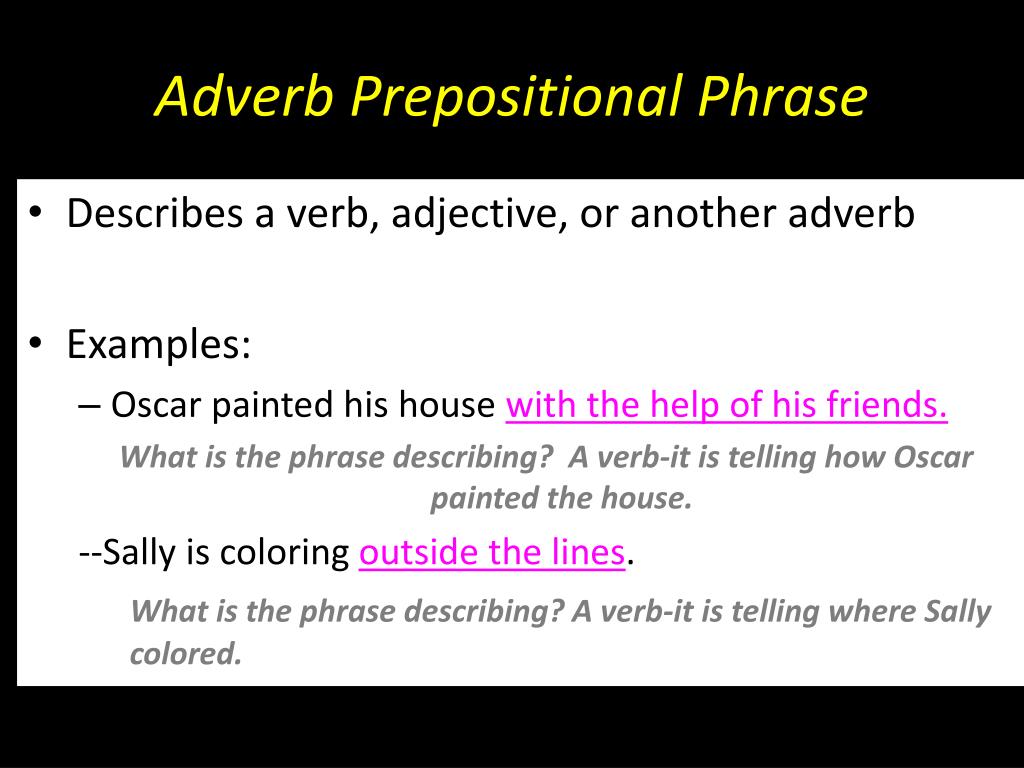


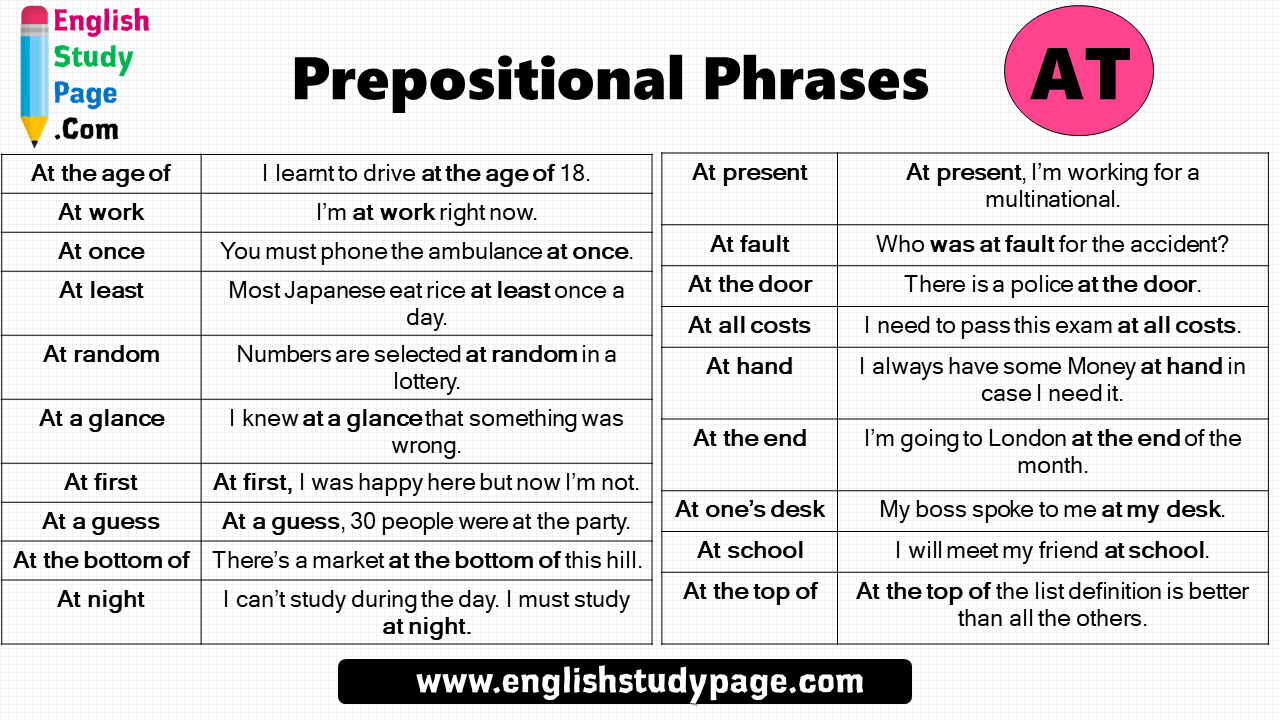

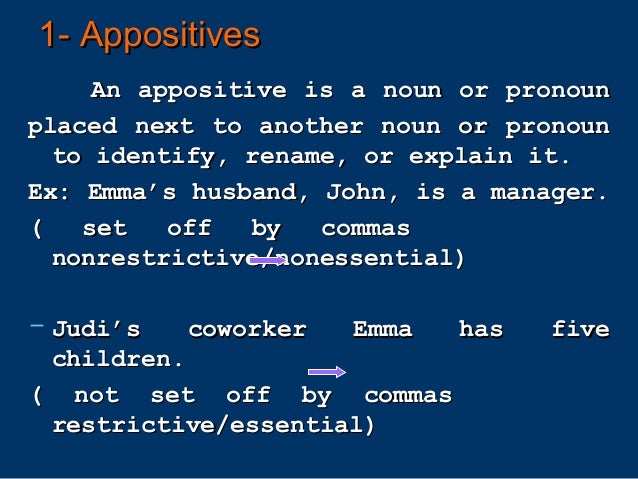





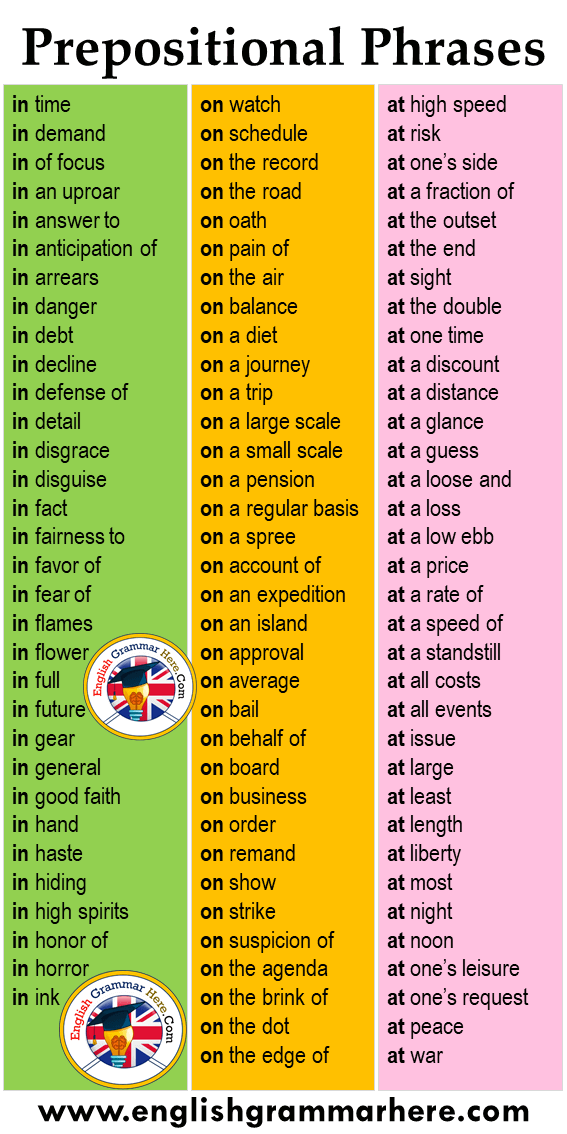
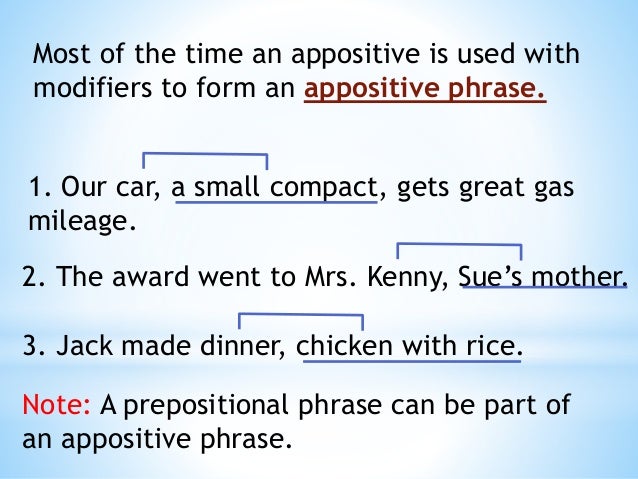

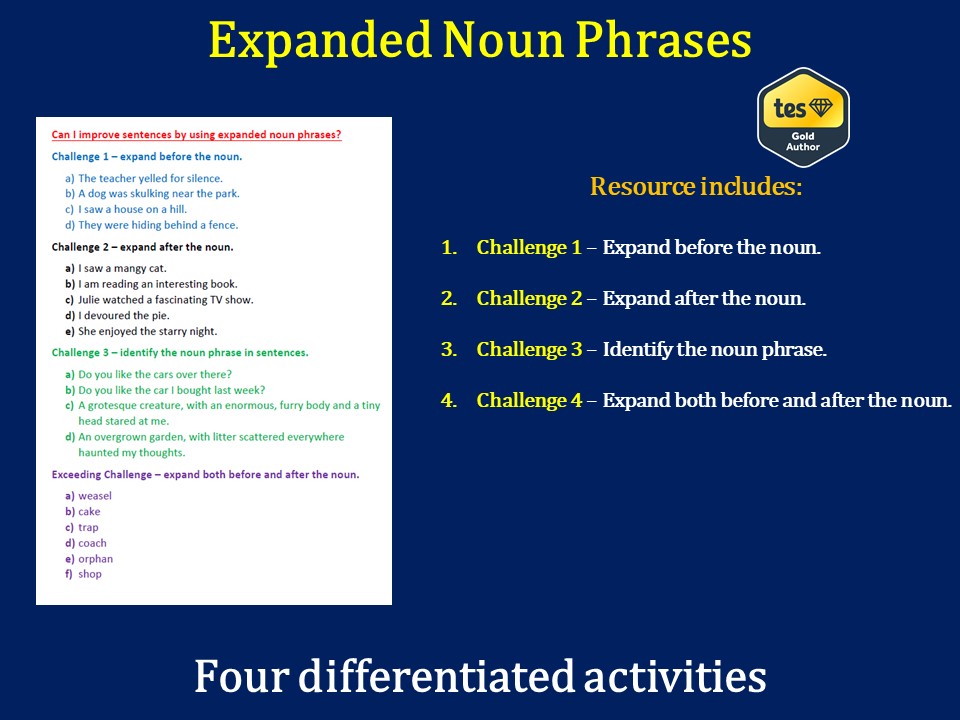
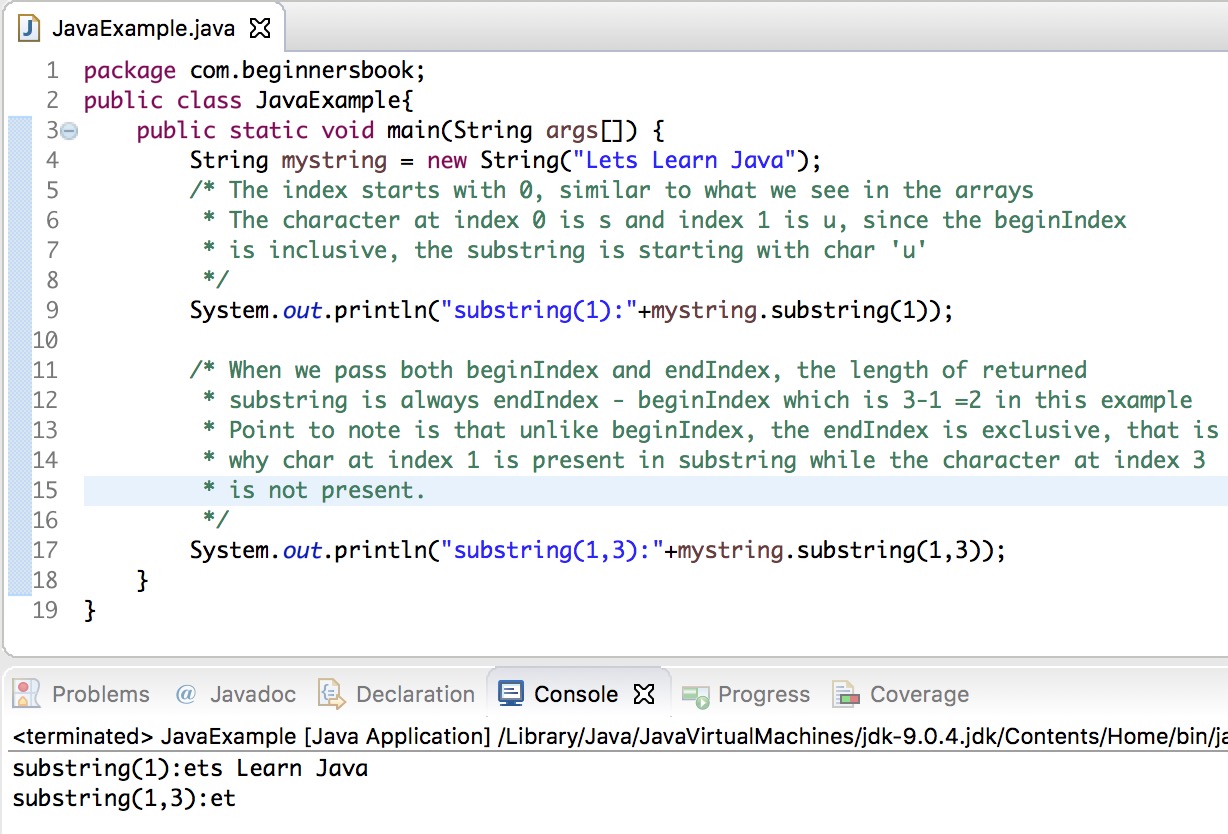
No comments:
Post a Comment
Note: Only a member of this blog may post a comment.